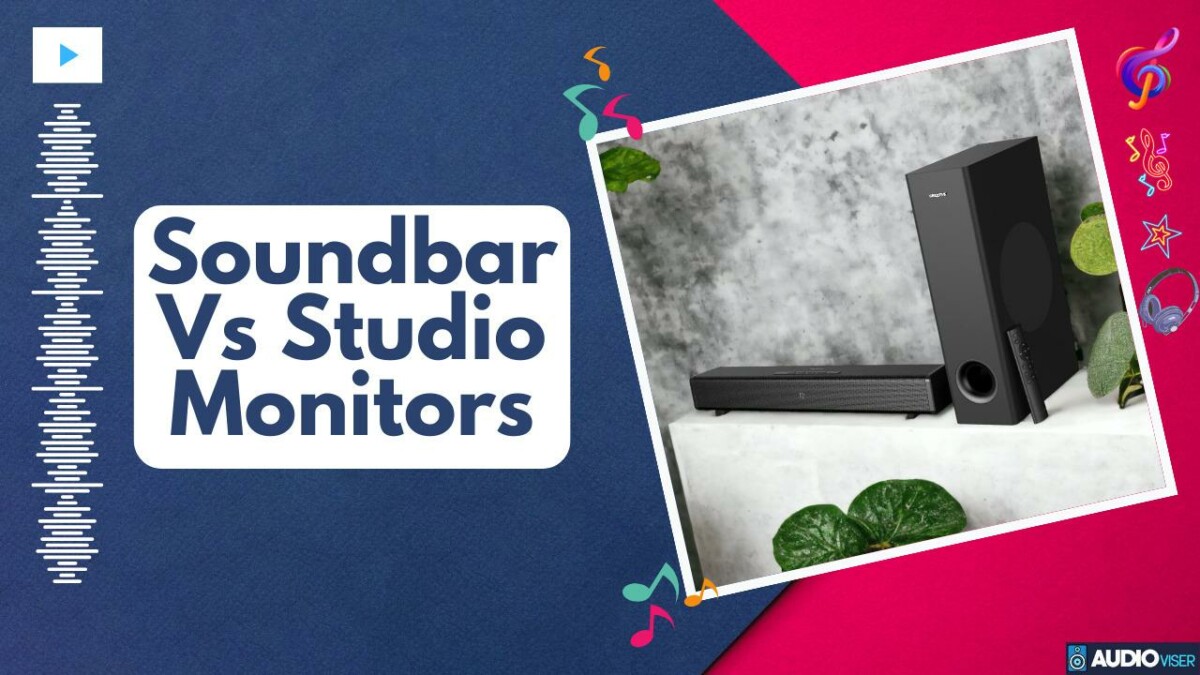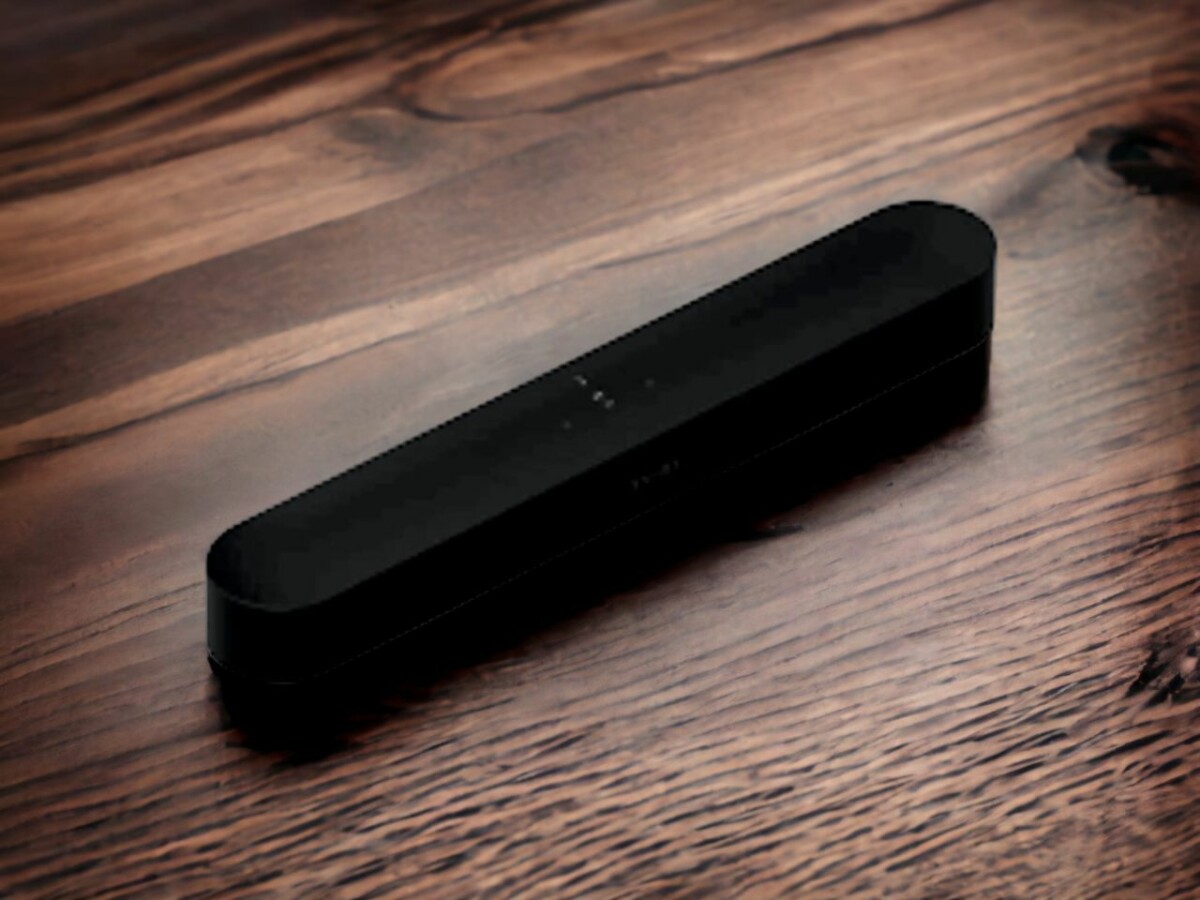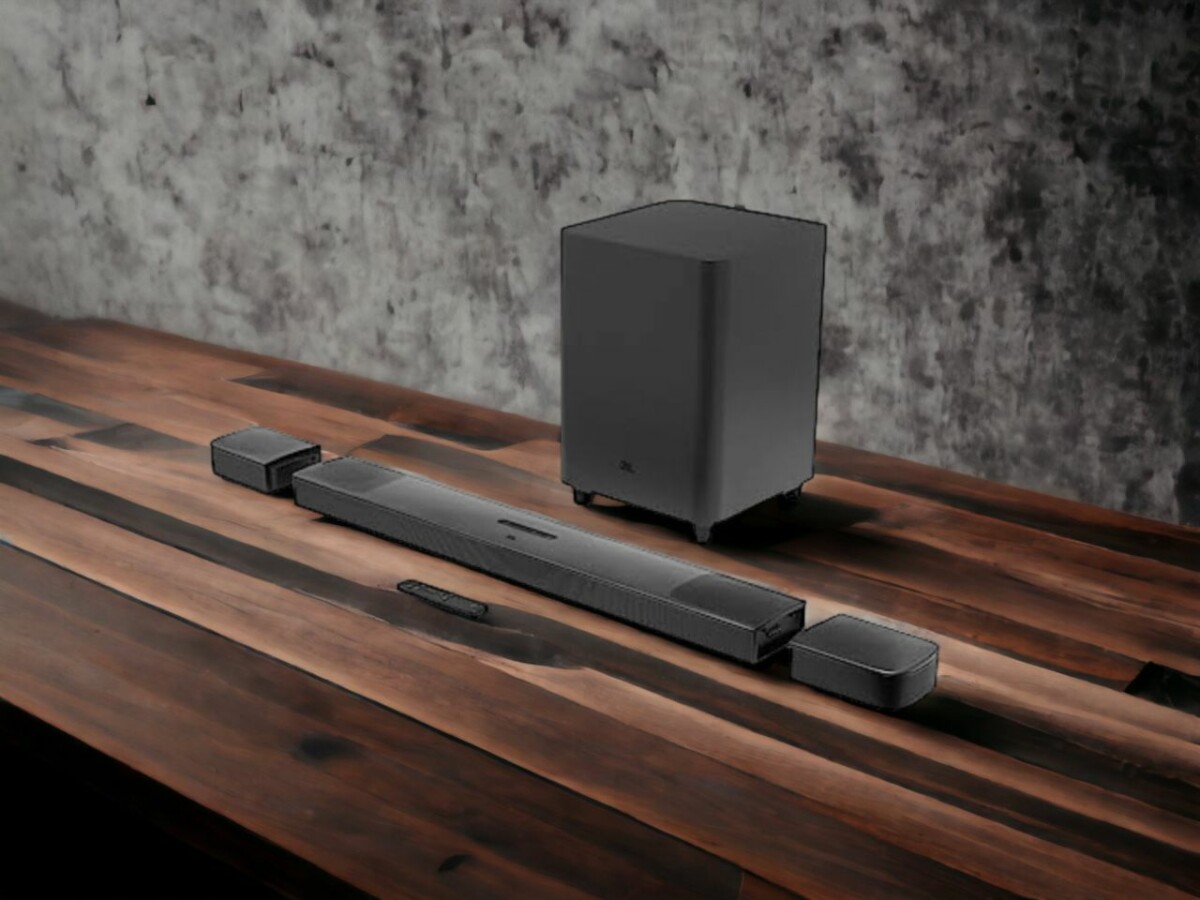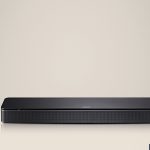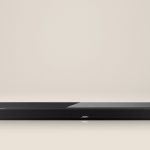Hey, did you know that a whopping 72% of folks can’t tell the difference between the audio quality of a soundbar and a studio monitor? If you’re part of this group, chill out, we’ve got your back. We’re about to dive deep into the good, the bad, and the ugly of both these audio beasts.
We’re talking about everything from the sound quality, the space each one needs, and the price tag they come with. Whether you’re into chic soundbars or more into top-tier studio monitors, we’ve got all the info you need.
By the time we’re done, you’ll have all the deets and you’ll be ready to make a choice that’s pure music to your ears. Let’s get this show on the road.
Soundbars Vs Studio Monitors
While soundbars are made for casual TV viewing and audio playback, studio monitors are specialized speakers designed for professional audio production and monitoring. Studio monitors might offer superior sound reproduction accuracy for your professional needs.
When it comes to soundbars, you’re looking at a piece of tech that’s sleek, compact, and easy to use, designed to boost your audio game without hogging up your space. The clean and elegant design of these bad boys can fit into pretty much any home theater setup without sticking out like a sore thumb. But it’s not all about being a pretty face.
Soundbars aren’t just about pumping out top-notch sound. Most of them come packing a whole bunch of ways to connect, including Bluetooth and Wi-Fi. That means you can jam out to your favorite tunes streaming straight from your phone or other devices. Some even come with built-in voice control, which is pretty sweet if you’re into that kind of thing.
But where a soundbar truly shines is its ability to create this rich, immersive sound that fills up the room. It’s like being in your own personal concert hall.
The Pros and Cons of Using Soundbars
Thinking about jazzing up your audio game? Let’s chat about the pros and cons of soundbars.
First off, their design is a real charm – they’re built for a wide-area sound blast. Plus, setting them up is a breeze, no fuss or complicated wires. And let’s not forget, they’re pretty easy on the wallet too.
But, on the flip side, they’re not perfect. While they’re pretty nifty in some areas, in terms of sound quality and precision, they mightn’t quite hit the mark, especially when compared to studio monitors. Particularly if you’re standing close, you might notice the difference. So, it’s a bit of a mixed bag.
Bottom line – they’ve got some solid perks but also a few downers to consider. It’s all about what works best for your space and your wallet.
Soundbar’s Sound Quality
Let’s take a deep dive into the world of soundbars and their sound quality, shall we?
First off, soundbars have gained a pretty solid rep for being super handy. They’re sleek, a breeze to set up, and generally a lot lighter on the wallet than most other sound systems out there.
But let’s not sugarcoat it; they do have their drawbacks:
- Due to their compact size and limited number of speakers, soundbars mightn’t deliver the same level of audio detail as other systems. It’s a bit of a trade-off.
- Soundbars are usually designed with TV audio in mind, which isn’t always the best for jamming to music or getting your game on.
- Finding the perfect spot to place them can be tricky. They’re meant to sit snuggly under your TV, which may not always align with your prime listening location.
Now, on the flip side, let’s talk about studio monitors. These bad boys are known for their top-notch sound quality and precision, making them a dream for any music producer. Sure, they’re a bit more expensive and will take up more space, but if you’re all about that sound quality, they’re definitely worth a look.
Easy Setup Advantage
You’ll seriously love how easy it’s to set up a soundbar. When you compare it to the headache that comes with setting up studio monitors, it’s a no-brainer. The beauty of soundbars lies in their simplicity. You plug one thing in, and boom, you’re all set to dive into a whole new world of your favorite TV series, movies, and tunes. Forget about messing around with a ton of wires or trying to decipher complex instructions. It’s as easy as pie.
But hey, everything comes with a cost, right? Despite being easy to set up, soundbars mightn’t give you the same high-quality sound and precision that you get with studio monitors. Sure, soundbars might be ideal for most people, but if you’re an audiophile or a sound professional, you might find the complex setup of studio monitors worth the extra effort.
While it takes more time and space, the payoff in sound quality could be huge.
Affordability of Soundbars
Soundbars are definitely a solid choice if you’re looking for an affordable boost to your audio game, and you won’t have to smash your piggy bank to get a good one. You can grab a decent soundbar for about a hundred bucks, making them a pretty budget-friendly choice. But, you’ve gotta weigh up the advantages and disadvantages before you go ahead and buy one.
First off, soundbars are a cinch to set up and they’re often kitted out with wireless tech for seamless connectivity. They’re a massive step up from your standard TV speakers when it comes to sound quality, even if they don’t quite hit the high notes like studio monitors. Plus, they’ve got a sleek and subtle vibe that’s perfect if you’re into a minimalist look for your setup.
On the flip side, if you’re a serious music lover or work in the industry, splashing out on studio monitors could be worth the extra cash. They offer top-notch sound quality and precision that soundbars just can’t match. So, while soundbars are wallet-friendly, you might want to think twice if you’re all about that high-fidelity life.
Understanding Studio Monitors: Design and Purpose
Alright, let’s shift gears and talk about studio monitors, the big guns in the world of pro sound.
You might be scratching your head, wondering why these bad boys are so highly respected. The answer lies in their design, which is all about delivering the most accurate sound possible, making them the go-to choice for those late-night music mixing sessions.
But don’t forget, like anything super quality, these aren’t going to come cheap. So, before you fall head over heels for a pair of studio monitors, make sure you’ve got the budget to back up your dreams.
Monitor’s Sound Reproduction Accuracy
When you’re on the hunt for some killer audio gear, keep in mind that studio monitors are legit designed with one major goal in mind: to pump out sound that’s as accurate and true to the source as possible. Sure, a soundbar might give you that cinema-esque, all-immersive vibe, but when it comes to precision, the monitor is the real MVP.
Here’s the lowdown:
- Flat Frequency Response: These bad boys are built to give you a flat frequency response. In layman’s terms, they spit out your sound without adding any extra flavor – no sugarcoating, no artificial colors, just pure, raw sound.
- Detailed Soundstage: Monitors are all about that detailed soundstage. You’ll hear every single note, every instrument, and even their placement and depth. It’s like 4K resolution, but for your ears. Absolute game changer when you’re in a studio setting.
- Dynamic Range: Monitors are the real deal when it comes to dynamic range. They can handle the whispers and the screams without breaking a sweat, giving you top-tier sound quality without distortion.
At the end of the day, remember it’s all about what works best for you. You do you.
Studio Monitors’ Pricing
You might be itching to know how much do studio monitors set you back. It’s a legit question, since their price tags can swing wildly based on their design and use. Your wallet will feel the pinch differently depending on the size of the studio monitors and the connectivity options of your soundbar.
The spectrum of prices is pretty wide. You can snag studio monitors for as low as a humble $100, but for top-notch, professional gear, you’ll be shelling out thousands of bucks. So, why such a big price gap? Well, it all boils down to the sound reproduction quality, the build of the monitors, and their size.
Larger monitors usually dish out better sound but they also come with a heftier price tag. And then there’s soundbars. They typically offer simpler connectivity options, which makes them a more budget-friendly pick.
In the end, it all hangs on your personal needs and how much dough you’re willing to part with. So take a minute to weigh your options before you make that investment.
The Advantages and Disadvantages of Studio Monitors
Let’s take a deep dive into the pros and cons of studio monitors, something you’ll definitely want to weigh in on while making your choice.
On the bright side:
- Studio monitors are top dogs when it comes to performance. They’re known for their pristine sound quality and steady frequency response, making them the go-to for any serious listening gig.
- Sure, they’re bigger than your average soundbars, but that’s actually a plus if you’re all about that surround sound vibe.
- And yeah, they might need a bit of elbow grease to set up, but the flexibility to move them around for the perfect sound? Totally worth it.
But every rose has its thorn, right?
- The price tag is a bit of a bummer. Studio monitors aren’t exactly budget-friendly.
- Also, while their size can be a boon, it’s not so great if you’re working with limited space.
- And let’s not forget, you might need to shell out for extra audio gear, which can hike up the costs even more.
Comparing the Sound Quality: Soundbar Vs Studio Monitors
Honestly, if you pitch a soundbar against studio monitors, you’ll be blown away by the difference in sound quality. Sure, soundbars are alright for some decent audio boost, but they can’t hold a candle to the bang-on, crystal-clear sound that studio monitors dish out. When you’re jamming to your favorite track on studio monitors, you’ll catch every beat, every little detail in the vocals. It’s like the soundbar is playing catch up.
And let’s not even get started on the soundstage. It’s not even a fair fight. Studio monitors deliver a soundstage that’s broader and more defined. It’s like you’re right there in the middle of the concert, immersed in the music. It’s a game-changer, especially for anyone serious about their audio work.
But let’s not forget, studio monitors aren’t all sunshine and rainbows. They need a bit more elbow grease to set up and can burn a hole in your pocket. So, keep that in mind before you start dreaming about turning your pad into a professional studio.
Making the Right Choice: Factors to Consider When Deciding Between Soundbars and Studio Monitors
When you’re stuck in the soundbar vs. studio monitor dilemma, it’s all about balancing some key aspects – price, space, and what you want your sound to do.
Price: Let’s get real, studio monitors can make your wallet wince. But soundbars? They’re pretty chill on the budget.
Space: If your pad is on the smaller side, soundbars are the way to go. They’re sleek, easy to set up, and don’t hog much space. Studio monitors, though? They need their breathing room to really belt out the sound.
Sound Goals: If you’re all about making music and need that spot-on sound, then studio monitors are your jam. But if you’re just looking to amp up your TV’s audio, a soundbar can do the trick, even if it’s not quite as high-fidelity.
When it all boils down, your pick between these two sound systems will depend on these factors. Remember, it’s all about what works for your situation and needs. Don’t sweat it too much – both are solid choices.
Sound Artist
I’m a Sound Artist creating immersive sonic experiences. I turn everyday objects into music, turning the mundane into something marvellous!

